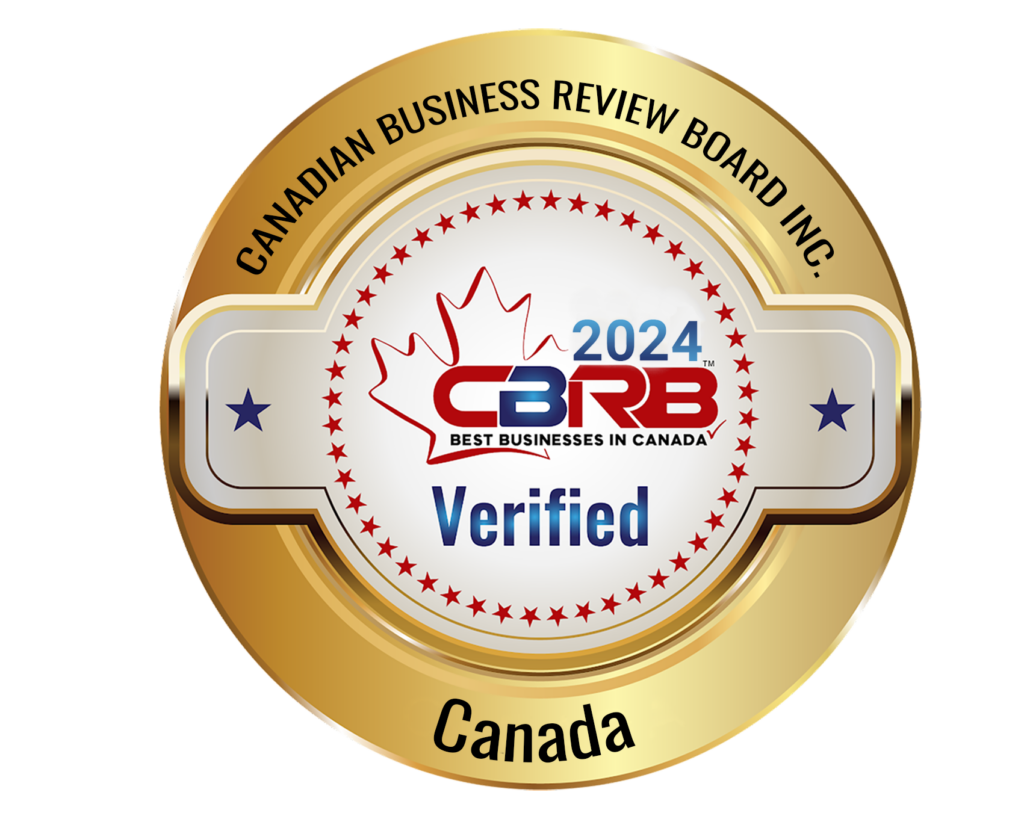Agile business strategy is the blueprint that outlines how a company will achieve its goals and objectives. It involves making decisions on where to allocate resources, how to differentiate from competitors, and how to create value for customers. SWOT analysis is a strategic tool used to identify a company’s internal strengths and weaknesses, along with external opportunities and threats. In contrast, PESTLE analysis delves into political, economic, social, technological, legal, and environmental factors that may influence a company’s success. Integrating these two analyses enables healthcare companies to create a robust agile business strategy that adjusts to market changes and fosters long-term growth.
PESTLE and SWOT analysis are crucial for empowering a successful agile business strategy, making them vital for healthcare startups.
These analyses help companies understand their competitive landscape and make informed decisions about how to best position themselves in the market. By conducting a thorough SWOT analysis, companies can leverage their strengths to take advantage of opportunities and mitigate weaknesses to overcome threats. Similarly, a PESTLE analysis allows companies to anticipate and respond to external factors that could impact their business, ensuring they remain adaptable and resilient in the face of change.
Overall, integrating PESTLE and SWOT analysis into agile strategic planning is essential for healthcare startups to thrive in a dynamic and competitive industry. For example, a healthcare startup may use a SWOT analysis to identify that their strong partnerships with local hospitals are a key strength that can be leveraged to expand their services. At the same time, they may identify a weakness in their limited marketing budget, which could be mitigated by focusing on cost-effective digital marketing strategies. Through a PESTLE analysis, the startup can proactively anticipate shifts in healthcare regulations that might affect their operations, enabling them to adjust their business model for compliance.
Conducting a competitive analysis is also valuable for a Healthcare start-up to comprehend the market landscape and pinpoint opportunities for differentiation. By analyzing their competitors, the startup can learn from their successes and failures, allowing them to refine their own strategies for success. For example, a healthcare startup specializing in telemedicine services could use cost-effective digital marketing strategies such as social media advertising and search engine optimization to reach a wider audience. Additionally, by conducting a competitive analysis, the startup could identify gaps in the market and tailor their services to meet the specific needs of patients and healthcare providers.
What Is a SWOT Analysis and How Does It Benefit Businesses?
A SWOT analysis is a strategic planning tool used to evaluate the Strengths, Weaknesses, Opportunities, and Threats related to a business or project. This comprehensive assessment helps businesses understand both internal and external factors that can impact their competitive position in the market. For healthcare startups, leveraging a SWOT analysis can be particularly valuable in navigating the unique challenges and opportunities within the industry. By conducting a SWOT analysis, healthcare startups can create informed, agile business strategies that capitalize on their strengths, mitigate their weaknesses, seize opportunities, and prepare for potential threats.
Understanding the Four Aspects of SWOT Analysis
- Strengths:
- Definition: Strengths are the internal attributes and resources that give your company an edge over the competition.
- Examples in Healthcare Startups: Proprietary technology, specialized expertise, strong brand reputation, robust funding, innovative product offerings, and a dedicated team.
- Impact on Strategy: Identifying strengths allows healthcare startups to leverage these assets to differentiate themselves in the market, attract investment, and build strong partnerships.
- Weaknesses:
- Definition: Weaknesses are the internal factors that hinder your company’s performance or put you at a disadvantage compared to competitors.
- Examples in Healthcare Startups: Limited resources, lack of market presence, underdeveloped infrastructure, gaps in expertise, regulatory challenges, and inefficiencies in operations.
- Impact on Strategy: By recognizing weaknesses, startups can develop targeted strategies to address these issues, such as investing in staff training, improving processes, or seeking strategic partnerships to fill gaps.
- Opportunities:
- Definition: Opportunities are external trends or factors that your company can exploit to achieve growth and success.
- Examples in Healthcare Startups: Emerging healthcare technologies, evolving regulatory landscapes, increasing demand for telemedicine, potential for market expansion, demographic shifts, and advances in medical research.
- Impact on Strategy: Identifying opportunities enables startups to align their strategies with market trends, innovate new solutions, and explore untapped markets to drive growth.
- Threats:
- Definition: Threats are external conditions that could negatively impact your company’s performance.
- Examples in Healthcare Startups: Competitive pressure, regulatory changes, economic downturns, technological obsolescence, cybersecurity risks, and changes in patient behavior or preferences.
- Impact on Strategy: By understanding potential threats, startups can develop contingency plans, diversify their offerings, and implement risk management strategies to safeguard their business.
The Integration of SWOT Analysis in Agile Business Strategies for Healthcare Startups
An agile business strategy is characterized by flexibility, adaptability, and responsiveness to change. For healthcare startups, integrating a SWOT analysis into an agile business strategy can enhance their ability to navigate the dynamic healthcare landscape. Here’s how:
- Adaptive Planning: Regularly conducting SWOT analyses allows startups to continually reassess their internal and external environments. This ongoing evaluation supports adaptive planning, enabling startups to pivot quickly in response to new information or market shifts.
- Prioritizing Actions: By clearly understanding strengths, weaknesses, opportunities, and threats, healthcare startups can prioritize their actions and allocate resources effectively. This focus on high-impact areas ensures that the most critical issues are addressed first, enhancing overall efficiency.
- Innovative Solutions: Recognizing opportunities through SWOT analysis can drive innovation. Startups can use insights from the analysis to develop cutting-edge solutions that meet emerging market needs, keeping them ahead of the competition.
- Risk Mitigation: Identifying threats early through a SWOT analysis allows startups to develop proactive risk mitigation strategies. This foresight helps in minimizing potential disruptions and maintaining business continuity.
- Continuous Improvement: Incorporating feedback from SWOT analyses into the agile cycle fosters a culture of continuous improvement. Healthcare startups can refine their processes, products, and strategies based on real-time insights, leading to sustained growth and success.
In conclusion, a SWOT analysis is an essential tool for healthcare startups looking to build robust, agile business strategies. By systematically evaluating strengths, weaknesses, opportunities, and threats, startups can make informed decisions, adapt to changing conditions, and thrive in the competitive healthcare market.
What Is a PESTLE Analysis and Its Impact on Agile Business Strategy?
A PESTLE analysis is a strategic tool used to evaluate the external factors that influence a business. This comprehensive assessment covers six key areas:
- Political:
- Definition: Examine how the current political system and government policies may affect your business development and growth.
- Examples: Government stability, regulatory changes, trade policies, tax laws, and political events.
- Economic:
- Definition: Assess the impact of economic factors on your business.
- Examples: Interest rates, taxes, inflation rates, stock market trends, unemployment rates, and consumer confidence.
- Social:
- Definition: Identify changes in social factors that can influence your business.
- Examples: Lifestyle changes, cultural trends, demographic shifts, consumer behavior, advertising targets, and social values.
- Technological:
- Definition: Evaluate your company’s current technological capabilities and the impact of technological advancements.
- Examples: Emerging technologies, automation, research and development activities, technological infrastructure, and innovation trends.
- Legal:
- Definition: Consider how legal regulations and laws can affect your business operations.
- Examples: Employment laws, health and safety regulations, consumer protection laws, industry-specific regulations, and intellectual property rights.
- Environmental:
- Definition: Analyze environmental factors and their impact on your business.
- Examples: Environmental regulations, sustainability practices, climate change, ecological concerns, and resource availability.
By conducting a PESTLE analysis, businesses can gain a thorough understanding of the macro-environmental factors that may influence their strategic planning and decision-making processes.
Agile Business Strategy: SWOT and PESTLE are models for strategic analysis
According to a global executive survey conducted by Harvard Business Review and Brightline Initiative, only 20% of the strategic goals set by organizations are met. The remaining 80% of strategic goals are not met due to insufficient planning, insufficient resource allocation, and poor execution. This highlights the importance of utilizing tools like SWOT and PESTLE to ensure that healthcare businesses are equipped to navigate the complexities of the external environment and make informed decisions. By leveraging these strategic analysis models, healthcare organizations can identify potential opportunities and threats, allocate resources effectively, and enhance their overall strategic planning process. Ultimately, this can help increase the likelihood of achieving strategic goals and driving long-term success in today’s competitive business landscape.
Strengths are the capabilities and resources that it can use to build a sustainable competitive advantage in the marketplace. Strengths stem from key resources and capabilities, including past successes, human resources, financial assets, operational activities, and physical infrastructure like land and buildings. Examples are
- Strong Balance Sheet and Financial Statement
- Diverse Product Portfolio
- Robust Domestic Market
- Superior product and services quality
- Intellectual Property Rights
- High Margins
Weaknesses are areas, capabilities, or skills where Agile Healthcare Business falls short. It limits the firm’s ability to develop a sustainable competitive advantage. Weaknesses result from a lack of five key resources and capabilities: activities and processes, financial resources, human resources, physical resources such as land and buildings, and previous experiences and successes. Examples are
- Lack of critical talent
- Organization Culture
- Low Return on Investment
- Inventory Management
- Lack of Work force diversity
Opportunities are macroenvironmental factors and developments that Agile Healthcare Business can use to either consolidate its existing market position or expand further. Economic growth, increases in consumer disposable income, political developments and policy changes, changes in consumer preferences, and technological innovations can all create opportunities. Examples are
- Changing Technology Landscape
- Opportunities in Adjacent Markets
- E-Commerce and Social Media Oriented Business Models
- Reducing Cost of Market Entry and Marketing into International Markets
- Increase in Consumer Disposable Income
Threats are macroenvironmental factors and developments that can derail the Agile business model. Threats can emerge as a result of a variety of factors, including an increase in consumer disposable income, political developments and policy changes, technological innovations, changes in consumer preferences, and economic growth. Examples are
- Increasing bargaining power of buyers
- International Geo-Political Factors
- Culture of sticky prices in the industry
- Growing Protectionism
Importance-Performance Analysis: A Valid Agile Business Management Tool
One way to make better use of the SWOT framework is to consider the customer’s perspective when making strategic plans and decisions. You can do this by applying importance-performance analysis (IPA) to identify SWOT based on customer satisfaction surveys.
Importance-performance analysis (IPA) is regarded as a valuable tool for analyzing customer satisfaction and management strategies. This technique can assist healthcare stakeholders in identifying underlying deficiencies and prioritizing policy development. As a result, a more efficient allocation of limited resources could be accomplished in order to improve tourist satisfaction and destination competitiveness. However, some conceptual and methodological issues impair its effectiveness.
In simpler words, the importance-performance analysis (IPA) is a method for measuring customer/user satisfaction that allows for the simple and functional identification of both the strong and weak aspects, or areas for improvement, of a given service. A graph with four quadrants is obtained by taking into account both the importance assigned by users to all relevant aspects of a given service and the perceived performance of the establishment in providing the service.
Finally, although many different research fields use Importance-Performance Analysis (IPA) as a cutting-edge quantitative methodology to achieve various goals, very little research has addressed how to use IPA as a cutting-edge quantitative methodology to develop actual strategic plans in the healthcare setting and I hope policymakers start using IPA as an advanced agile project management tool through making SWOT more tangible outcome.
Summary
SWOT and PESTLE analyses are key components of a successful agile business strategy, particularly for healthcare startups. By evaluating internal strengths and weaknesses through a SWOT analysis and assessing external factors such as political, economic, social, technological, legal, and environmental influences through a PESTLE analysis, companies can create comprehensive strategies that adapt to changing market conditions and drive sustainable growth. These tools help healthcare startups understand their competitive landscape, prioritize actions, innovate solutions, and mitigate risks, ultimately enhancing their ability to thrive in a dynamic industry.









